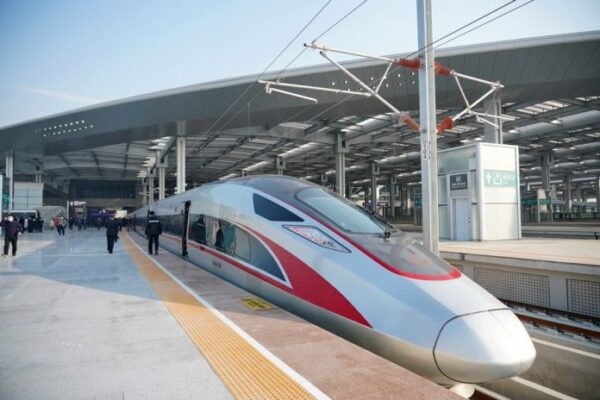
China will soon begin construction on an ambitious new railway line connecting Xinjiang and Tibet that will run close to the Line of Actual Control (LAC) and through the disputed Aksai Chin region, according to a new railway plan released by the Tibet Autonomous Region (TAR) government
The “medium to long term railway plan” for Tibet, made public last week, envisages expanding the TAR rail network to reach 4,000 km by 2025 up from the current 1,400 km, including new routes that will run up to China’s borders with India and Nepal.
The most ambitious of the new plans is the Xinjiang-Tibet railway, which will broadly follow the course of the G219 national highway. The construction of the Xinjiang-Tibet highway through Aksai Chin had triggered tensions between India and China in the lead up to the 1962 war.
The proposed railway will begin in Shigatse in Tibet, and run northwest along the Nepal border, before cutting north through Aksai Chin and ending in Hotan in Xinjiang. The planned route will pass through Rutog and around Pangong Lake on the Chinese side of the LAC. The first section, from Shigatse to Pakhuktso, will be completed by 2025, with the rest of the line, up to Hotan, expected to be finished by 2035.
By 2025, the construction of several railway projects, including the Ya’an-Nyingchi section of the Sichuan-Tibet Railway, the Shigatse-Pakhuktso section of the Xinjiang-Tibet Railway, and the Bomi-Ra’uk section of the Yunnan-Tibet Railway will all see major progress,” said a State media report quoting the plan, which was released by the TAR Development and Reform Commission.
Improvements to the regional railway network will be of great significance in promoting socioeconomic development and safeguarding national security,” the report said.Tibet currently only has three rail lines in operation: the Qinghai-Tibet link that opened in 2006, the Lhasa-Shigatse rail launched in 2014, and the Lhasa-Nyingchi line that began operation in 2021.
The Lhasa-Nyingchi line runs to Tibet’s southeast, and near the border with India’s Arunachal Pradesh. This line is being extended further east up to Chengdu, the provincial capital of Sichuan and a major economic and military hub in western China, shortening the travel time between the two regional capitals from 36 hours to 12 hours.
Under the plan, border railway lines will be built up to Gyirong, the land port on the Nepal-Tibet border, and to Yadong county in the Chumbi valley, which borders India’s Sikkim as well as Bhutan.
The railway construction is being seen as serving two purposes: boosting border security by enabling China to more closely integrate border areas as well as mobilise quickly to the frontier when needed; and secondly, accelerating Tibet’s economic integration with the hinterland. While Qinghai province has a rail link to Tibet, the plan will now extend railway links for the first time to the three other neighbouring provinces of Sichuan, Yunnan and Gansu.









